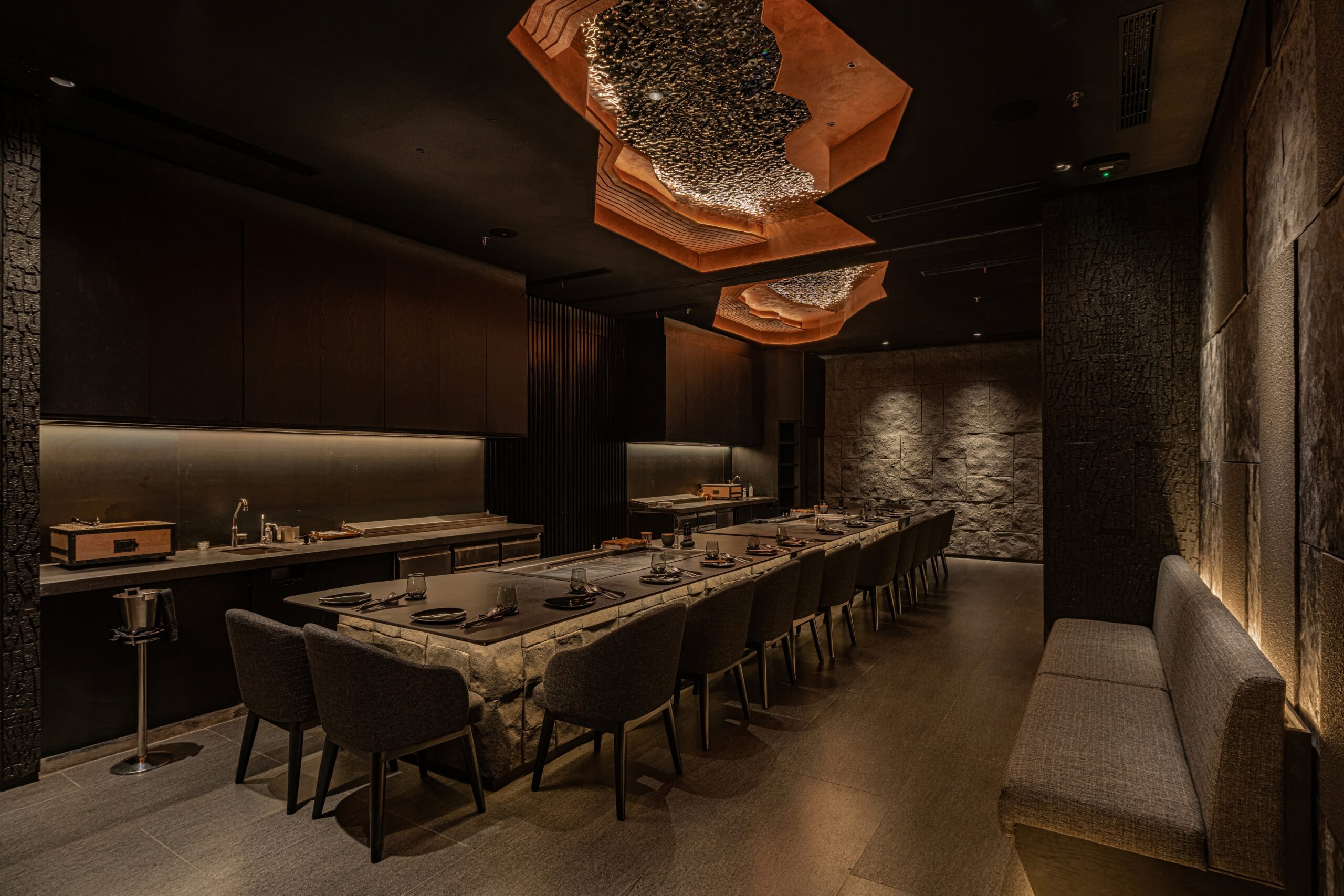We recently had the pleasure of engaging with a luminary in the world of lighting design, Mr. Ryan Salim, the founder and principal in design of ERRELUCE. With a unique perspective on design concepts and a belief that ‘being less is the idea to get more perspective,’ Ryan brings a fresh approach to the world of lighting. He has elevated the art of seeing space within light, ensuring a delicate balance between emotion and quality in both interior and architectural settings. His philosophy centers around collaboration, firmly believing that it is through collaborative projects that design potentials can truly be realized.
ERRELUCE, an award-winning lighting design consulting practice based in Jakarta since 2015, is a testament to Ryan’s commitment to collaboration and communication throughout the design process. One of the achievements of ERRELUCE includes winning the Architectural Lighting Design of the Year at the LIT Lighting Design Awards in 2023. Their award-winning project, IronPlate Restaurant, blends French-inspired dishes with a distinctive Asian influence, prepared live in front of diners. The restaurant’s design showcases a captivating play of black textures, strategically placed lighting elements, and a sustainability approach that integrates reused lighting system controls for energy efficiency.
Throughout this interview, we explore Ryan’s design philosophy, the unique challenges and triumphs of ERRELUCE, and the exceptional blend of emotion and quality in their lighting designs.
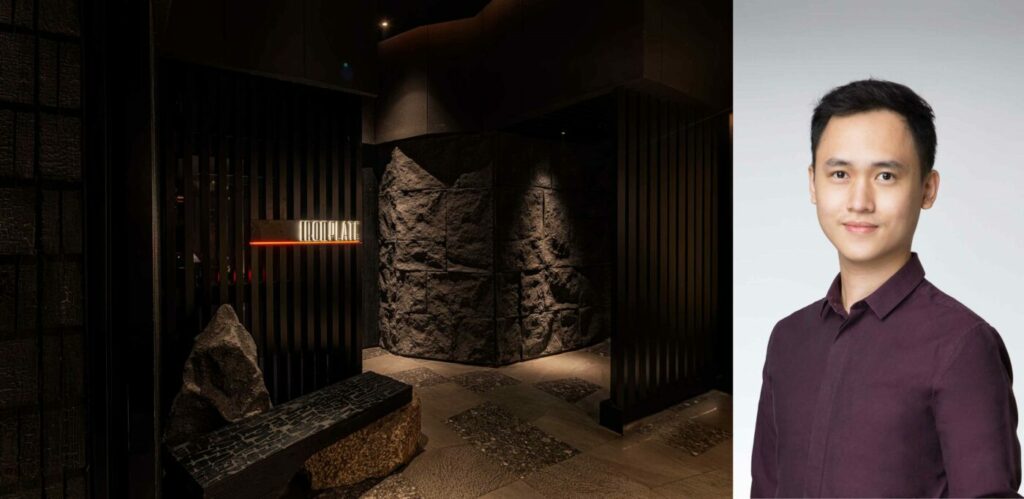
Working with a “black on black” theme can be challenging, what was the inspiration behind the lighting design of the IronPlate Restaurant?
Black color indeed absorbs most light. However, it can also be used to an advantage, just like a blank canvas to play with light. Not many restaurants are willing to experiment with black and textures. Our idea was to use colors and unique materials provided by DSN Intervention, our collaborator in the interior design team. We started with a stainless ripple effect, sho sugi ban wood technique, a texturized stone wall, and even a textured paint cooper ceiling accent. We then focused on the details, plotting, and techniques on how to highlight those materials and enhance their beauty and maximum potential. Plotting the lighting points was also crucial, as we needed to keep it clean and simple but on point to highlight the designated objects. Some areas, where the ceiling is even irregular and wavy, were challenging for us to set a proper and unique beam to the bottom. Implementing the zigzag idea helped break the regularity and blend in with the main ceiling irregularity. Lastly, glowing up and popping up the fresh ingredients at the heart of the kitchen is one of the key points where all customers sit and see the crucial role of their dishes. Lighting indeed plays a significant role, and, of course, there is always room for improvement in our design.
Can you explain how lighting is used to enhance how the clients experience the restaurant’s Franco-Asian cuisine and cooking shows?
We also learned from the head chef, Chef Andri, who provided us with feedback on the cooking shows. The idea for the shows originated from him, so we considered his experiences and ideas. We created an ambiance where all eyes are focused on the large stainless steel surface where all the fresh ingredients are processed and cooked. We used two ceiling spotlights with a narrow beam angle of about 15 degrees and a warm tone of 2700K, providing a CRI95 grade of light quality to enhance the natural colors, textures, and smoke. These spotlights helped eliminate any shadows that might be cast while the cook was preparing the food. Our primary intention was to create an Instagram-worthy view that would appear beautiful on camera.
What led you to choose all the types of lighting fixtures used in the restaurant, such as the spotlights and LED strips?
We don’t use many types of fixtures in our design; instead, we focus on details and lighting placement to enhance the interior materials. Using too many types of lights can create color and character issues. For our main indirect light, we utilize an LED strip with 320 dots and 8W/m CRI90 2700K, and labeled as 24VDC. We also employ accessories to support the position on the furniture.
Next, our main general light utilizes an almost trimless fixture with a 75mm diameter housing painted black and honeycomb accessories to reduce glare. The bulb is a module LED with a COB chip rated at 6.5W and 10W power, 2700K with CRI95, and a 15-degree beam angle. It is phase-cut dimmable to match the old dimming system from the previous restaurant.
Lastly, we incorporate a recessed mini spotlight with a 45mm diameter painted black. The LED COB chip is rated at 3W, 2700K, 24D CRI90, and is phase-cut dimmable. This spotlight helps build up the ambiance and highlights key features.
Can you tell us more about the sustainable aspects of the lighting design and why it was important for you and the client to have a thoughtful approach to the project?
The most significant factor in this project is how we repurpose lighting control system components from the previous restaurant. These components were incomplete in their original quantity, as is common in restaurant designs. Most of the dimming modules were lost during the demolition of the previous restaurant. The client’s challenge was how to incorporate the available components and integrate them into the new design while creating a fresh ambiance.
What is even more surprising is that the system has to accommodate two restaurants, one of which won the LIT Lighting Design Award in 2022 (Wabi-Sabi restaurant). For us, this presents a substantial design challenge to ensure everything works seamlessly and creates a unique atmosphere aligned with our ideas and the client’s vision.
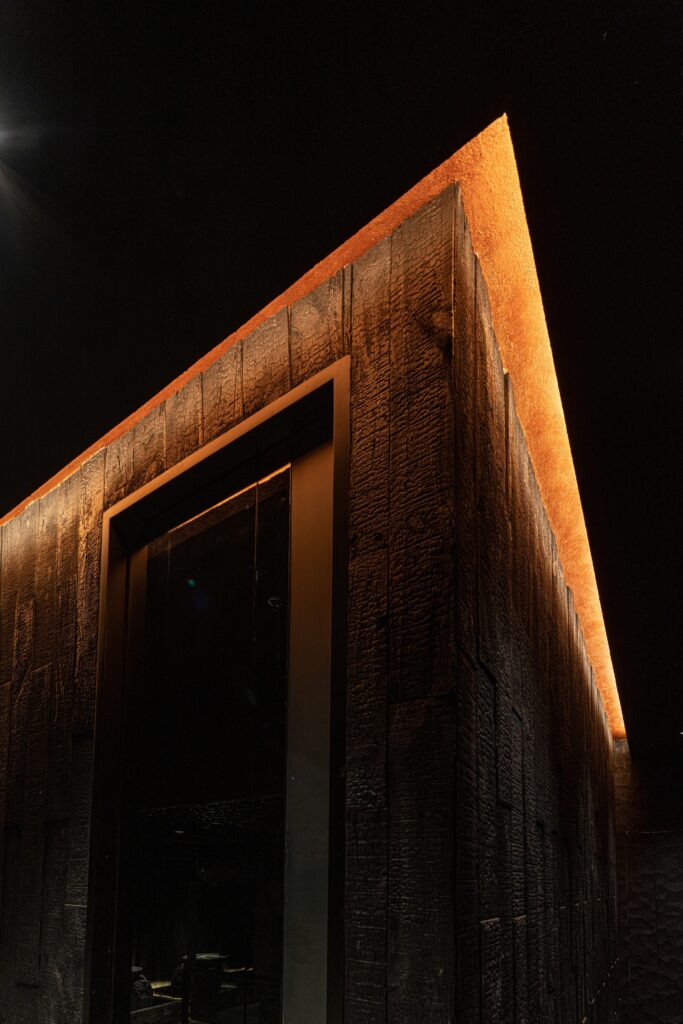
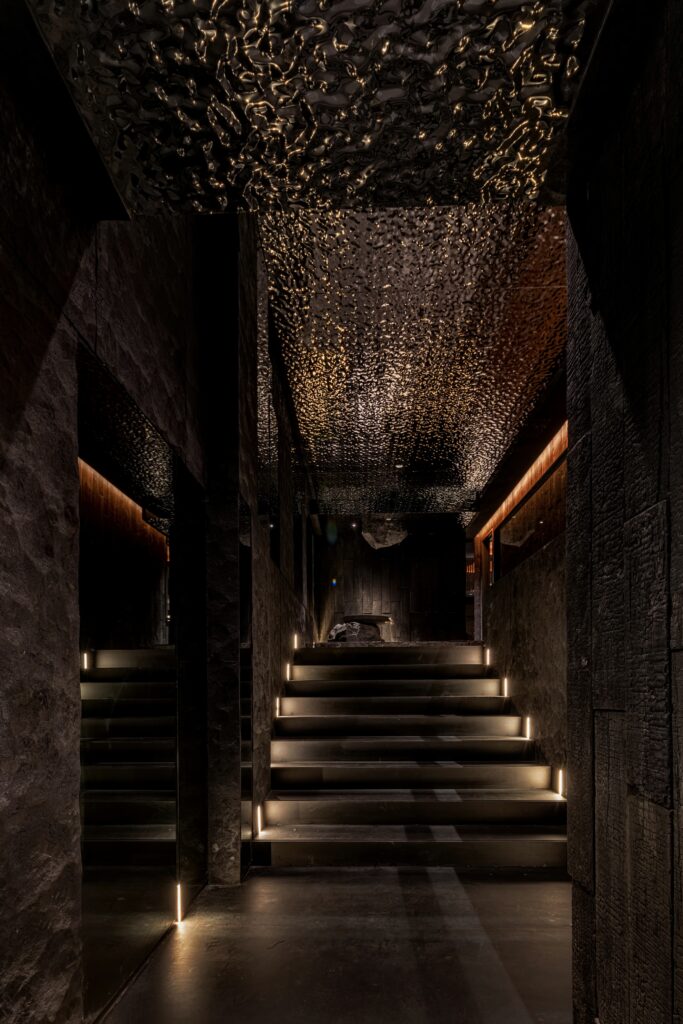
Can you share some of the challenges faced during this project? What did you learn and how did you overcome them?
Flexibility is crucial for us as interior design evolves to meet the needs of clients and sites. Additionally, new and challenging materials, such as stainless steel with a ripple effect, are introduced, making it almost impossible to find the optimal position for the light to shine on. Consequently, we need to check, re-mark, and reposition some lights based on the material positions.
The final challenge lies in the complexity of material combinations proposed by interior designers. Achieving harmony between color and light distribution is essential in lighting design. By paying attention to lighting placement details, we ensure that all lights contribute to a smooth and clean aesthetic.
Are there any future projects or visions you’re exploring that you can share with us?
We have worked on numerous projects with various architects and interior designers, which has allowed us to explore different design styles, materials, and details. Collaboration is fundamental to our design philosophy, and we will continue to grow and experiment with different types of design areas through our work with diverse clients and designers.
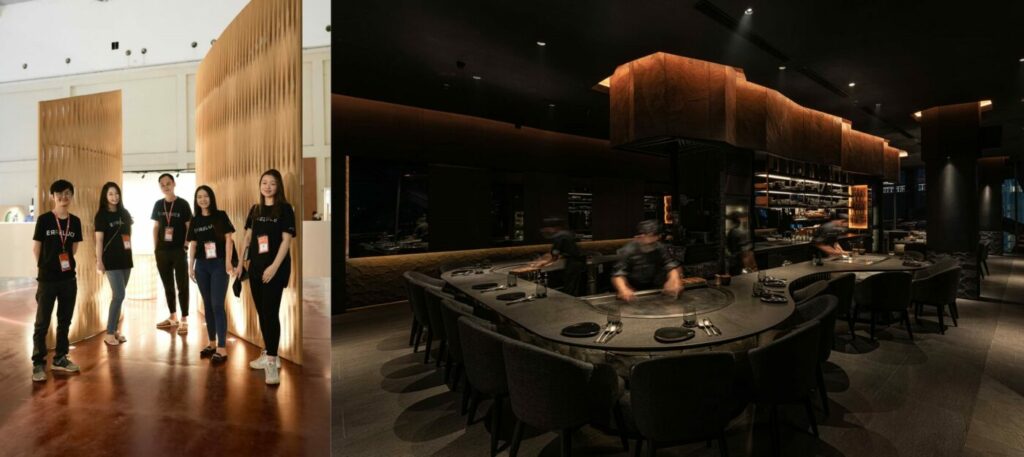
Congratulations on winning the LIT Lighting Design Awards! Is there any advice you’d like to give to future lighting designers? What would you have liked to know when starting your career?
Thank you so much! Winning the LIT Awards is truly an honor. For future lighting designers, I would advise them to always remain curious and open-minded. Lighting design is a constantly evolving field, so it’s essential to stay up-to-date with the latest technology and techniques.
Reflecting on my early career, I wish someone had told me that mistakes are a natural part of the learning process. Don’t be too hard on yourself if things don’t go as planned. Instead, view it as an opportunity to learn and grow. Always trust your instincts – they will guide you in the right direction.






